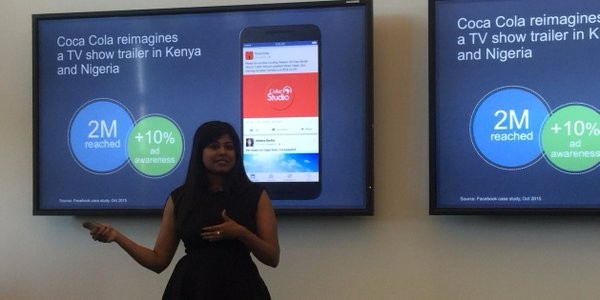Facebook has introduced new Slideshow ads in an effort to increase its revenue in the developing world's emerging markets. Such advertising tools factor in the slower 2G and 3G connectivity speeds of many new Internet users, allowing brands to reach them no matter which device, connection, or place they use to get online.
Advertisers can make Slideshow ads with just 3 to 7 still pictures. The images from a video, photo shoot, or stock images create video clips between 5 to 15 seconds long. One drawback of Slideshow's ads is they do not include sound, according to Tech Crunch.
The company's early tests showed that 15-second Slideshow ads had a file size that was 80 percent smaller than a video with the same length. This makes it more practical for 2G and 3G connections.
Facebook Chief Product Officer Chris Cox spoke at an event at the company's California headquarters. He said that the social network has evolved to target the world's next billion people getting online, according to VentureBeat.
Cox mentioned that during the past decade Facebook has worked to get high school students, adults, and non-English speakers to sign up with the social media giant. Its target market is now people in the developing world.
One-third of the Web's next billion users will come from India, and many of them will be using 2G speeds from rural areas. That is why Facebook CEO Mark Zuckerberg visited the South Asian country this week.
The social network wants to make it easier for brands and consumers to connect. That includes big companies such as Netflix and Coca-Cola, and small businesses.
Facebook's Slideshow will be rolled out in coming weeks.



























